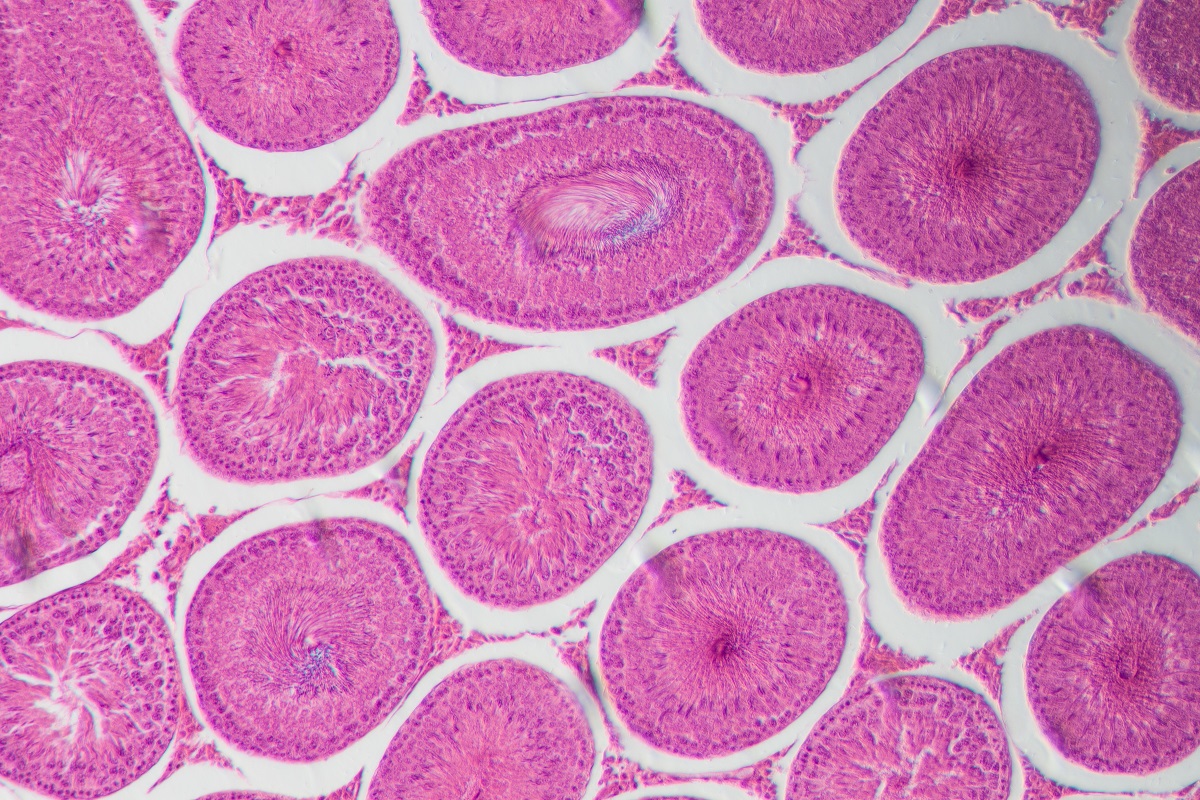KEY TAKEAWAYS
- The phase I & II trial aimed to assess the efficacy of combining anti-PD-L1 and anti-CTLA-4 immunotherapy with MOV in ≥ 2nd line metastatic cervical cancer.
- The results demonstrated that in the MOVIE trial for metastatic cervical cancer, patients with a higher percentage of CD8+CD45RA+CCR7-TIGIT+CD57+ T cells showed improved clinical benefit rates and enhanced OS.
Immune checkpoint inhibitors (ICI) have emerged as a promising therapeutic avenue for advanced cervical cancer (CC); however, the efficacy of ICI monotherapy is constrained, and the availability of predictive biomarkers remains limited. In response to this challenge, an innovative approach involves the integration of anti PD(L)-1, anti CTLA-4, and chemotherapy to enhance ICI efficacy in advanced CC.
Alexandre Bertucci and his team aimed to elucidate immune circulating biomarkers in patients with metastatic CC beyond the 2nd line of treatment, focusing on those treated with a combination of anti PD-L1, anti CTLA-4, and metronomic oral vinorelbine (MOV).
The objective was to assess the efficacy and safety of this combinatorial approach, with a specific emphasis on identifying predictive immune circulating biomarkers that may guide future therapeutic strategies for advanced CC.
The study consisted of three immune panels up to 40 markers each were developed to investigate the immune landscape, encompassing T cells, NK cells, and myeloid cells, in liquid biopsy samples obtained from patients with advanced CC. High-dimensional mass cytometry (CyTOF) was employed to analyze baseline blood samples from individuals undergoing treatment with durvalumab, tremelimumab, and MOV.
Machine-learning algorithms were applied to CyTOF data for dimensionality reduction, automated clustering, and candidate prediction, with subsequent validation of immune candidates through manual gating. Optimal cut-off points were determined using Maxstat, and group comparisons were conducted using the log-rank test.
About 29 patients with a median age of 56 years were analyzed. Comparative assessments with healthy donors indicated a reduction in CD4+CD127+TCF1+ T cells and an elevation in CD8+TIGIT+ T cells among CC patients. Within the MOVIE trial subset of CC patients treated with durvalumab, tremelimumab, and MOV, clustering analyses, machine-learning analyses, and manual gating confirmed the presence of an exhausted and senescent population of CD8+ T cells (CD8+CD45RA+CCR7-TIGIT+CD57+) associated with treatment efficacy. An optimal cut-off at 0.95% of CD45+ cells was determined, revealing that patients with a higher proportion of CD8+CD45RA+CCR7-TIGIT+CD57+ T cells exhibited an improved clinical benefit rate (P=0.005), enhanced progression-free survival (HR=0.35, CI95, 0.13-0.95, P=0.013), and superior overall survival(OS) (HR=0.23, CI95, 0.08-0.69, P<0.001).
The study concludes that a distinct population of exhausted and senescent CD8+ T cells is identified, and their association with treatment response and improved survival is established in the context of dual immune checkpoint inhibitors (ICI) and MOV therapy for advanced CC. The study is sponsored by UNICANCER
Source: https://cslide.ctimeetingtech.com/immuno23hybrid/attendee/confcal/show/session/34
Clinical Trial: https://clinicaltrials.gov/study/NCT03518606
Bertucci A, et al (2023).”Mass cytometry reveals a population of exhausted CD8+ T cells associated with durvalumab/tremelimumab/vinorelbine efficacy in advanced cervical cancer (iMOVIE).” Presented at ESMO-IO 2023 (Abstract 21P)



